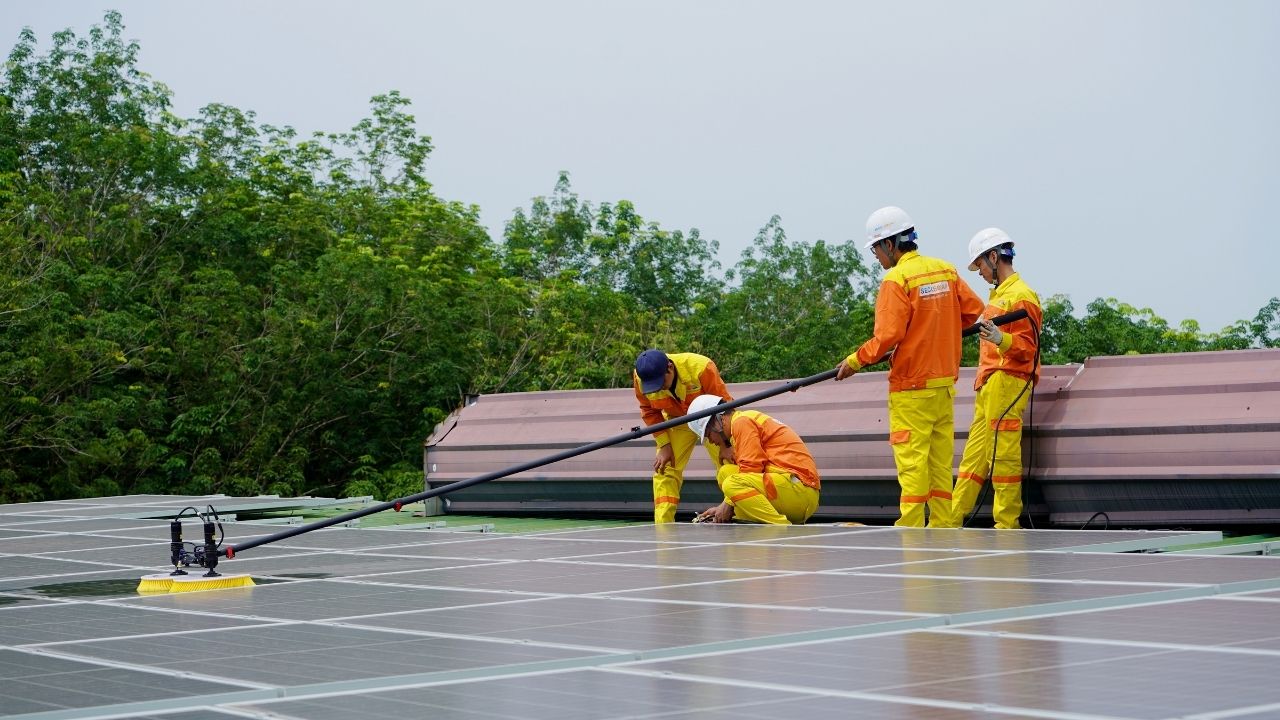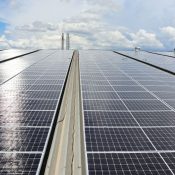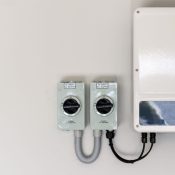Ten Ways to Make Your Home More Energy Efficient

With rising energy bills and growing concerns about the environment, we’re all on the lookout for smarter, more sustainable ways to live. The good news? You can tackle both issues at once by making small changes that really add up.
In this guide, we’ll walk you through ten ways to make your home more energy efficient—helping you cut costs and reduce your carbon footprint at the same time.
These practical tips are easy to follow, low-cost (or even free), and great for the planet. Let’s get into it!
Ten Ways to Make Your Home More Energy Efficient
These are the ten ways to make your home more energy efficient:
1. Install a Thermostat
If your home doesn’t already have one, a thermostat is a must. It helps maintain a consistent temperature and prevents unnecessary heating.
Small change, big result: lowering the temperature by just 1°C could reduce your heating bill by up to 10%, according to the Sustainable Energy Authority of Ireland.
If you’re looking to go a step further, consider a smart thermostat. These can learn your schedule and adjust the heating or cooling automatically, ensuring you’re not wasting energy when you’re not home.
2. Check for Energy Labels
Not all new appliances work equal—some are far more efficient than others. Always check the EU Energy Label before buying. It tells you how efficient the product is, ranked from A (most efficient) downwards.
If the label isn’t on the item, ask the retailer. Choosing ‘A’ rated appliances means lower running costs and less energy use over time.
Whether it’s a washing machine, fridge, or even a toaster, going for energy-efficient models can make a big difference in your energy consumption.
3. Switch Off Lights When You Leave the Room
It’s one of the easiest energy-saving habits to build—and it works. Turning off the lights when you’re not in a room helps cut down on energy use and makes your bulbs last longer.

It only takes a second but adds up to real savings over time. Plus, it’s a great habit to instill in your family, especially with the kids.
4. Switch to Energy-Saving Bulbs
Traditional bulbs use a lot of energy and burn out quickly. LEDs and CFLs might cost a little more upfront, but they use up to 85% less electricity and can last up to 12 times longer.
When you consider how many lights you have at home, the savings really add up—on both your bill and your carbon footprint.
Plus, LED bulbs are available in a variety of brightness levels, so you can still get that perfect glow without wasting energy.
5. Turn Appliances Off at the Switch
TVs, laptops, consoles—many devices still use energy even when they’re on standby. Make it a habit to switch them off completely when not in use.
The same goes for chargers—if your phone or tablet isn’t plugged in, unplug the charger too. Even idle, they continue to draw power.
You’ll be surprised at how much energy you can save by simply turning things off properly when not in use.
6. Try a Few Clever Gadgets

From solar-powered phone chargers to simple draught excluders, a few well-chosen gadgets can make your home more energy-efficient without spending much.
You don’t have to spend money on tricks or unnecessary extras—but investing in smart, practical tools can give you a great return in the long run.
Solar-powered garden lights, for example, give your outdoor space a warm glow without increasing your energy bills. Small gadgets like these may not cost much, but they make a noticeable difference.
7. Insulate Your Hot Water Tank and Pipes
Want to keep your hot water hotter for longer? Add a lagging jacket to your tank and use foam pipe insulation on any exposed hot water pipes.
These are quick, affordable DIY jobs, and they usually pay for themselves within a year through reduced heating costs. A small effort with lasting benefits.
Plus, you’ll notice a more consistent temperature, especially on those chilly winter mornings.
8. Only Heat the Water You Actually Need
Boiling a full kettle when you only want one cup? That’s energy down the drain. Next time, just fill it with what you need—it boils faster and saves power.
The same goes for your immersion heater. If you’re only rinsing a few dishes or need a quick wash-up, there’s no need to leave it on for hours.
A little planning goes a long way in cutting energy waste. You don’t need to overdo it when it comes to heating water—just do what’s necessary.
9. Be Smart with Your Washing Machine
Laundry doesn’t have to drain your energy budget. Washing at 30°C and using shorter cycles can cut electricity use significantly—without compromising on cleanliness.
Modern detergents are designed to work well in cooler water, so feel free to turn down the heat and still get fresh, clean clothes.
If you have a full load, don’t be tempted to wash small batches—washing a full load is far more efficient.
10. Pick Showers Over Baths
A warm bath can be a treat, but it’s a costly one—showers typically use up to five times less energy and water.
For busy households, showers are not only more energy-efficient but also a massive time-saver. A quick rinse is all it takes—especially compared to the water and energy needed to fill up a bath.
Ready to Start Saving with Solar?
Make more cost-effective future by installing solar panels in your home today! Not only will you reduce your carbon footprint, but you’ll also lower your energy bills.
Contact Going Solar now and see how solar can work for you. Let’s make your home energy-efficient and environmentally friendly together!
Conclusion
Making your home more energy-efficient doesn’t have to be complicated or expensive.
By following these ten ways to make your home more energy efficient, you can start saving money, reducing waste, and living a more sustainable life—one light switch, gadget, or cup of tea at a time. These simple, practical steps will help you create a greener, more cost-effective home.
Planning a switch to solar energy?
Contact Going Solar now and Get Free Advice & Quote Within Minutes!
Frequently Asked Questions
Contact Going Solar Now!
Joe Brennan
Founder @ Going Solar
Joe Brennan, the founder of Going Solar, is dedicated to making solar power mainstream in Ireland and meet SEAI objectives. With a focus on affordability and sustainability, he is bringing renewable energy solutions to homes, reducing costs & environmental impact.
Recent Posts







